Information Update:
Power Infrastructure Sizing
Properly sizing system power consumption benefits an efficient IT environment.
If the power supply power rating for a system is used to calculate the cumulative
power for an overall deployment, it provides a conservative assessment for many
hardware configurations and can be less efficient and more costly. In an effort
to gain optimal performance and to avoid costly over-provisioning, you need
to understand how to assess power consumption of the system to adequately
provision the facility.
Power consumption is specific to the system configuration and to the workload
expected of the hardware. If a system is assessed under a peak workload for a
specific deployment, the assessment may result in a significantly different power
consumption requirement than that of the power supply power rating. On-line
capacity planning tools available from Dell may help to understand peak power
consumption for a particular system configuration. Systems characterized while
using the power capping features enabled from Dell system management
software provide additional predictability for peak power consumption.
Combined use of system and workload characterization with power capping
can more accurately approximate the appropriate size of Power Distribution
Units (PDUs), Uninterruptible Power Supplies (UPSs), and other power
infrastructure distribution equipment.
Example: If a server power supply is rated at 1000W and the characterization
results in 500W of power consumption for the configuration and workload,
the 500W power value can be used for infrastructure sizing. Using system power
capping at the 500W value also provides additional assurance that 500W can be
used for sizing the infrastructure. When deploying 20 of the same configuration
in a rack, the total load can be sized for 10KW. By contrast, if the power supply
rated value or 1000W were used, the total load would be sized as 20KW.
The power supply-rated approach requires additional power and cooling and
results in an infrastructure that is utilized less than 50 percent.
Using PDUs with circuit protection devices such as circuit breakers or fuses
ensures that regulatory and safety guidance is met for a deployment.
June 2009
527920SC.fm Page 1 Friday, June 26, 2009 1:51 PM







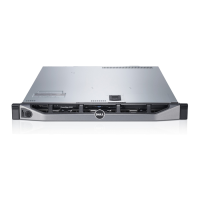
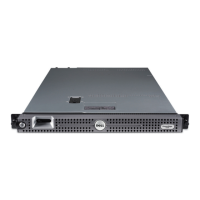
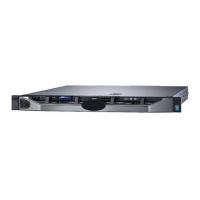


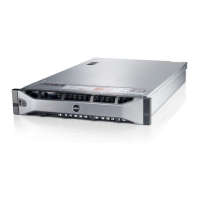
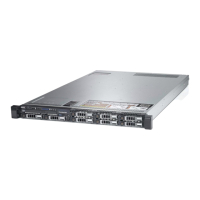
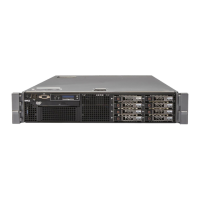
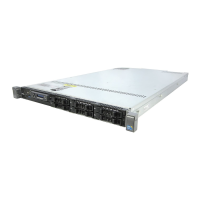
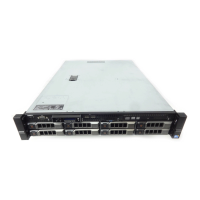
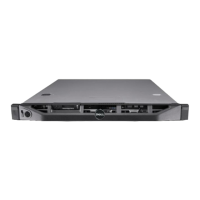
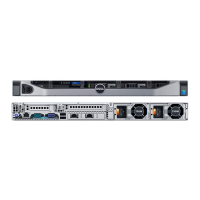
